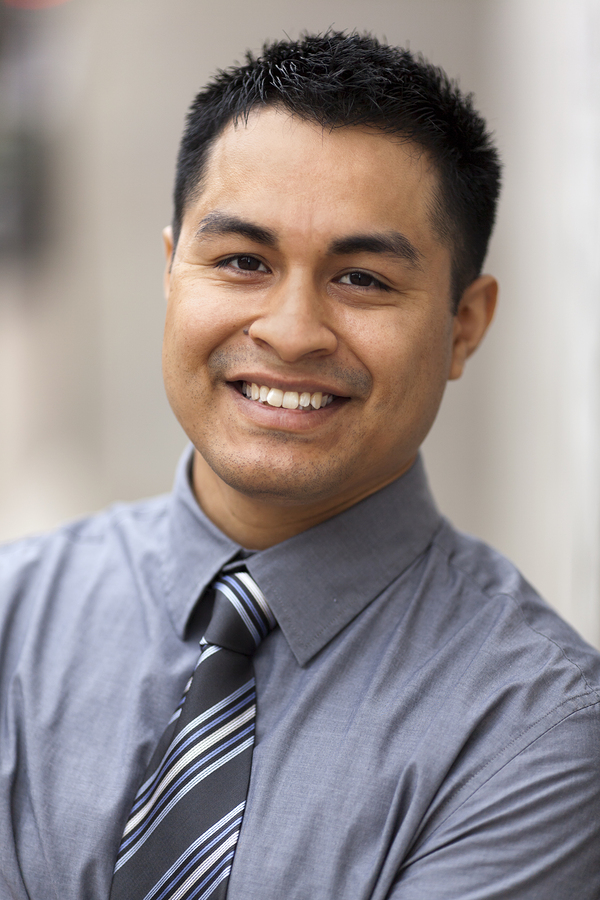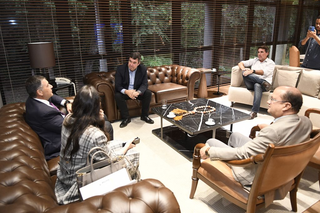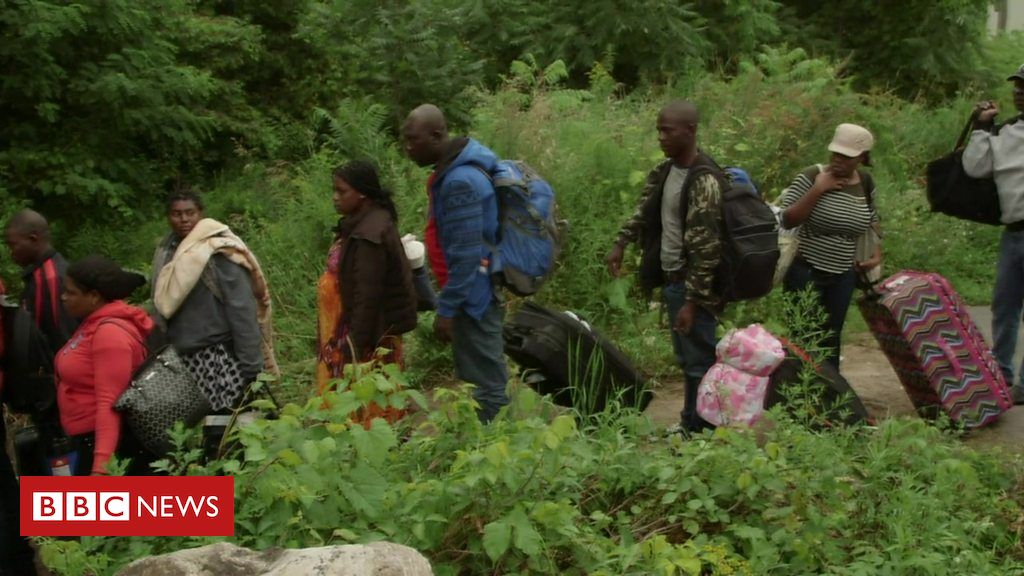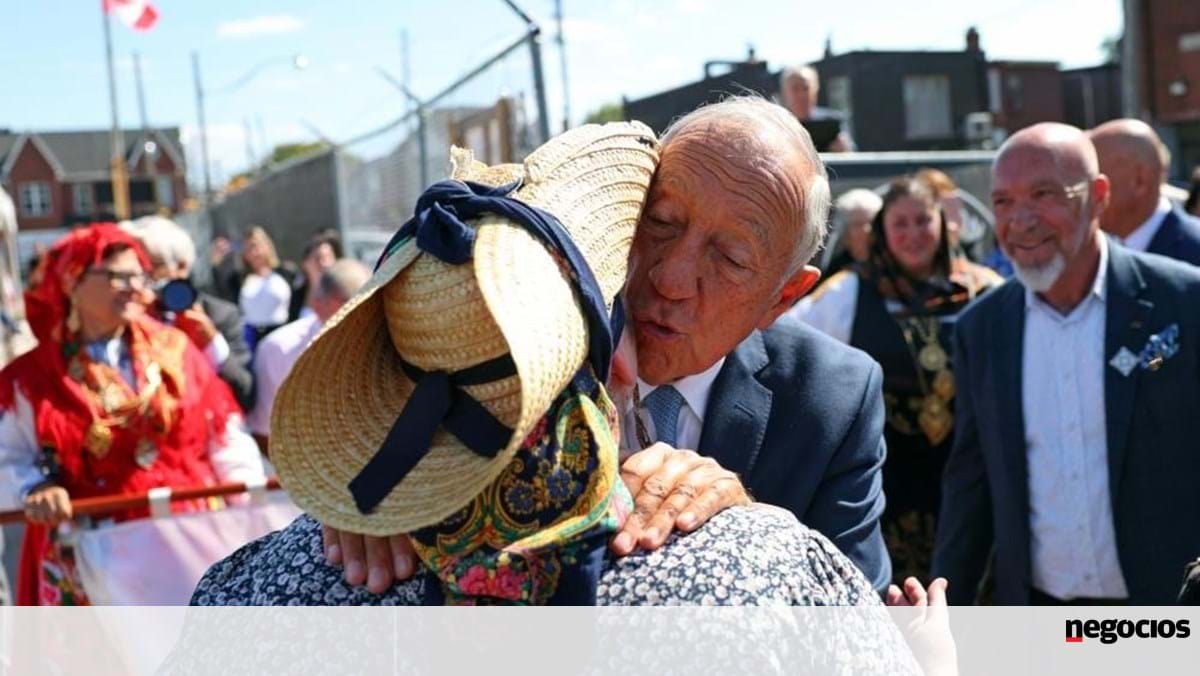Portraits of the founder of the Islamic Republic, Ayatollah Ruhollah Khomeini, and his successor, Ayatollah Ali Khamenei, hung in all Iranian classrooms, were also removed and trampled on. Iranian school children are well acquainted with the state-ordered trampling of the Israeli and American flags, i.e. “enemies of the fatherland”. Thus, giving the same treatment to the highest symbols of state power in Iran has a particularly scathing connotation.
Warning about the rebel generation
“Today’s students are the internet and communication generation and, thanks to social media, they have a stronger political awareness than previous generations. They have understood who is responsible for the situation in Iran and therefore directly attack Khamenei and the Islamic Republic in word and deed,” says Iranian lawyer Saeed Dehghan, who lives in Canada and is a member of the International Bar Association (IBA).
The insubordination of the youth did not surprise the leaders of the country. Even before the demonstrations, the security apparatus had already worried about the lack of loyalty of young people to the state ideology. The weekly Sobeh Sadegh, organ of the Iranian Revolutionary Guards, warned in March 2021: “This generation will not be as easy to govern as the previous one. The Revolutionary Guards are the main military and security institution of the Islamic Republic and are under the direct control of Khamenei.
“Young people have nothing to do with the 1979 revolution and the ideology of the Islamic Republic, so they have more courage to voice their demands,” says Dehghan. In recent years, the Islamic government has sent thousands of clerics to schools across the country, some as teachers, to indoctrinate people born after 2000.
This includes singing the song Hello, Commander (named after Khamenei) together outside, accompanied by music on the loudspeakers and military choreography performed by the school classes. Even parents had to participate in the patriotic musical performance.
Attack on state ideology
The large turnout of teenagers in the current protests shows that crude measures like this do not work. Young people have taken to the streets and are also among more than 130 killed in the crackdown – the tally is from Amnesty International. At least three were between 15 and 17 years old.
The fact that the protests have so far mainly affected areas considered conservative or apolitical shows how deep discontent with the government runs in Iranian society. Protests have taken place even in the “holy” city of Qom, where more than 100,000 clergy or future clergy are studying at dozens of religious institutions. And also on the tourist island of Quis in the Persian Gulf, with its luxury hotels and wide range of worldly pleasures, many people took to the streets and shouted anti-government slogans in Tehran.
Author: Youhanna Najdi

“Freelance communicator. Hardcore web practitioner. Entrepreneur. Total student. Beer ninja.”


:strip_icc()/s02.video.glbimg.com/x720/11852909.jpg)




